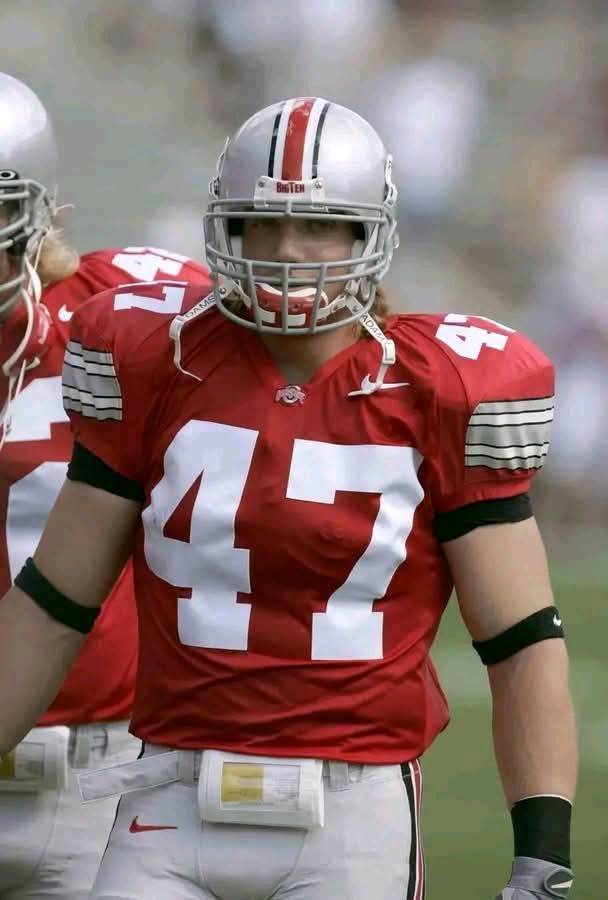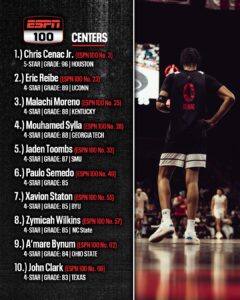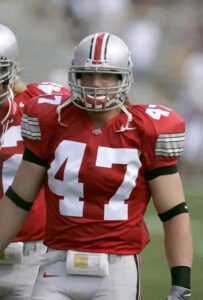
When evaluating the pantheon of Ohio State’s defensive greats, few names resonate as powerfully as A.J. Hawk. While Jim Tressel’s tenure as head coach from 2001 to 2010 was defined by a methodical, disciplined style of football with a heavy emphasis on defense and special teams, no single defensive player embodied those principles more completely than Hawk. His emergence, progression, and leadership transformed the Buckeyes’ linebacker corps into one of the most feared units in the country. From his humble beginnings as a one-star recruit out of Centerville, Ohio, to becoming a top NFL draft pick and team captain, A.J. Hawk’s career is a case study in development, consistency, and tenacity.
Humble Beginnings: The Rise of an Unlikely Star
Aaron James “A.J.” Hawk was not the typical recruit fans associate with future All-Americans. A product of Centerville High School in Ohio, Hawk was largely overlooked during the recruiting process. Despite his impressive play in high school, many scouts doubted his speed and agility, relegating him to just a one-star prospect by some recruiting services. But what those scouts missed was his relentless motor, high football IQ, and leadership capabilities—traits that would ultimately define his career.
Ohio State saw something others didn’t. Jim Tressel and his staff, who had just taken over the program in 2001, valued the intangible qualities in recruits, especially those who fit the mold of the Buckeye brotherhood. Hawk committed to Ohio State, and though few outside the program expected much, the coaching staff believed they had found a gem.
Earning His Stripes: 2002 National Championship Season
Hawk’s freshman year coincided with one of the most magical seasons in Ohio State history—the 2002 national championship run. Though he played primarily on special teams during that campaign, Hawk’s work ethic was apparent early. He watched and learned behind veteran linebackers like Matt Wilhelm and Cie Grant, absorbing the playbook, refining his technique, and earning the respect of the upperclassmen.
By the end of the season, Hawk had made enough of an impression to be considered a future starter. His performance in practice and in limited snaps during games indicated that he was more than just a depth piece—he was a star in the making.
Emergence as a Starter: Dominating from Day One
The 2003 season marked Hawk’s arrival as a full-time starter, and he did not disappoint. Almost instantly, he showcased an uncanny ability to diagnose plays, shoot gaps, and deliver punishing hits. He finished the season with over 100 tackles, leading the team and establishing himself as the heart of the defense.
His sophomore season was a statement not just to the Big Ten, but to the entire college football world. Despite Ohio State having to replace several stars from the national championship team, the defense remained formidable, thanks in large part to Hawk’s presence. His ability to play sideline to sideline made him a nightmare for opposing offenses. Quarterbacks hesitated on check-down throws, and running backs had to account for his positioning on every snap.
Relentless Consistency: 2004 and 2005 Seasons
If 2003 was Hawk’s breakout, the following two seasons cemented his legacy. In both 2004 and 2005, he continued to post monster numbers—tackles, sacks, tackles for loss—while playing virtually every meaningful defensive snap. His physical style, mixed with excellent fundamentals and instincts, made him the linchpin of a defense that consistently ranked among the nation’s best.
By 2004, Hawk had earned All-American honors and was widely recognized as one of the premier linebackers in college football. But perhaps his most defining characteristic was his consistency. Week in and week out, regardless of the opponent, weather conditions, or stakes, Hawk delivered. He rarely missed assignments, was always around the ball, and played with a level of toughness that became emblematic of Tressel-coached teams.
His senior year in 2005 was the pinnacle. As a team captain, he led the Buckeyes to a Fiesta Bowl victory over Notre Dame and a top-5 national finish. He recorded 121 tackles, 9.5 tackles for loss, and 3.5 sacks, en route to winning the Lombardi Award as the nation’s best linebacker. More than just statistics, though, Hawk was the undisputed leader of the defense—a player teammates rallied around and coaches trusted implicitly.
Tressel’s Blueprint on Defense: Why Hawk Was the Ideal Fit
Jim Tressel’s teams were not built on explosive offenses or flashy play-calling. Instead, they thrived on field position, time of possession, and fundamentally sound football. For this approach to work, a dominant, intelligent defense was essential—and Hawk was the prototype for that system.
Tressel wanted players who could execute schemes with discipline, who played mistake-free football, and who understood the value of every possession. Hawk’s cerebral approach to the game aligned perfectly with these principles. He didn’t just make plays—he made smart plays. He knew when to take risks and when to hold contain. He understood his role in every scheme and frequently acted as a coach on the field.
In many ways, Hawk was Tressel’s vision personified. He brought his lunch-pail mentality to every game, focused more on winning than personal accolades, and elevated the performance of everyone around him. His presence allowed Ohio State to control the pace of games and dominate the trenches on defense.
Big Game Brilliance: Delivering When It Counted
Some players pile up stats against lesser competition but disappear in big moments. Not Hawk. His best performances often came on the biggest stages—against Michigan, in bowl games, or in top-10 matchups. The 2005 Fiesta Bowl against Notre Dame is a prime example. Facing a potent Fighting Irish offense led by Brady Quinn, Hawk helped stymie the run game and repeatedly pressured the quarterback. It was a fitting finale to a storied career.
Another unforgettable moment was his dominance against Michigan in 2004, where he tallied double-digit tackles and helped shut down the Wolverines’ running game. His intensity in The Game—college football’s most storied rivalry—was unmatched. He seemed to thrive on the hostility of the environment, channeling it into focused aggression that elevated his play.
Legacy at Ohio State
By the time A.J. Hawk left Ohio State, he had solidified his place among the school’s all-time greats. He finished his career with 394 total tackles—good for sixth in program history—along with 41 tackles for loss and 15 sacks. But the numbers only tell part of the story. His leadership, toughness, and consistency made him a cornerstone of the Buckeyes’ success during the Tressel years.
Perhaps most importantly, Hawk helped reestablish Ohio State as a national powerhouse. Following the 2002 national championship, the Buckeyes remained a perennial top-10 team, in no small part due to their defensive stability. Hawk’s influence extended beyond the stat sheet—he set the tone in the locker room, mentored younger players, and modeled what it meant to be a Buckeye.
His jersey, number 47, became iconic during his tenure, and while Ohio State doesn’t officially retire numbers anymore, Hawk’s legacy ensures that it will always be remembered.
NFL Success and Continued Influence
Hawk’s talents did not go unnoticed at the professional level. He was selected 5th overall in the 2006 NFL Draft by the Green Bay Packers, making him one of the highest-drafted defensive players in Ohio State history. His NFL career spanned over a decade, including a Super Bowl victory with the Packers in 2010. While he was never quite as dominant in the pros as he was in college, he remained a steady, durable contributor and was widely respected for his professionalism and work ethic.
Even after retirement, Hawk has remained involved in football, often sharing insights on college and NFL analysis platforms. His legacy continues to inspire young Buckeye defenders, and his story is often cited as a prime example of what’s possible through hard work and perseverance.
During the Jim Tressel era, defense was the bedrock of Ohio State football. While many great players contributed to that success—names like Will Smith, Donte Whitner, and James Laurinaitis—none matched the consistent excellence and leadership of A.J. Hawk.
From unheralded recruit to All-American and top NFL draft pick, Hawk’s journey is a testament to grit, preparation, and belief. He wasn’t the fastest or the flashiest, but he was always the most reliable, the most prepared, and the most impactful. In every way, A.J. Hawk was the quintessential Buckeye defender and the greatest defensive player of the Jim Tressel era.
Would you like this formatted for publication, such as with headers or references for a blog or article?





